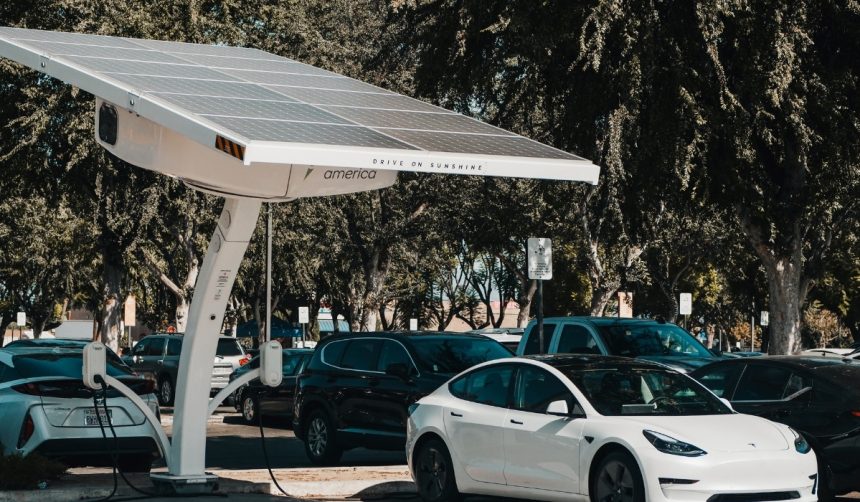In a significant development for urban mobility, Tesla has made its Robotaxi service widely available to the public in Austin and the Bay Area. Residents with iPhones can now access ride-hailing through the Tesla app in these regions. The service reflects an ongoing shift in how people experience driverless transportation, drawing attention from both technology enthusiasts and transportation agencies. Many see this expansion as a response to growing curiosity and practical needs for smart city transportation.
When Tesla initially rolled out Robotaxi, access was limited to selected users invited for early trials, and vehicles often featured in-car safety monitors regardless of location. In June 2024, the service began operating in Austin, followed by a launch in the Bay Area. Earlier reports showed that a human was always present in the driver’s seat for safety in the Bay Area, echoing practices from rival companies like Waymo. Over recent months, Tesla gradually widened availability, likely to capture a broader set of data for evaluation and regulatory discussions. Recent news indicates Tesla’s more aggressive push for public use, with fewer restrictions besides requiring an iPhone, representing a notable shift compared to the past gradual approach.
How Does Tesla Manage Safety for Robotaxi?
Tesla has so far required a safety monitor to be present in Robotaxi vehicles, although this policy varies between Austin and the Bay Area. In Austin, vehicles may operate without anyone in the driver’s seat unless navigating freeways, while in the Bay Area, a safety monitor remains mandatory at all times. Tesla CEO Elon Musk has stated,
“The presence of Safety Monitors is for safety reasons specifically, and removing them is planned by the end of the year.”
What Are the Main Limitations of Public Access?
Currently, the main restriction for users is the requirement of an iPhone to hail rides, leaving Android users unable to access the system. The company has not confirmed when or whether support for other operating systems will be available. Reports also confirm continued oversight through in-house safety protocols. As more users access the Robotaxi platform, Tesla expects the volume of performance data to help address regulatory hesitations and fine-tune the service for eventual expansion.
Will Robotaxi Expand to Other Locations?
Tesla has indicated plans to grow the Robotaxi network into additional U.S. cities, though specific details and timelines remain under wraps. The company emphasized scaling up is intended to both increase ride availability and test robustness under diverse conditions. A spokesperson commented,
“We’re hoping to expand Robotaxi to five more cities in the near future as we collect further data.”
This aspiration supports the company’s broader strategy of making autonomous ride-hailing a mainstream transportation choice.
Tesla’s expanded approach to launching Robotaxi stands out from previous launches, which were slower and more cautious, tightly controlling who could take part. Direct competitors such as Waymo and Cruise also faced scrutiny over public trials and gradually ramped up their availability amid regulatory checks. By removing the invite system and opening to all iPhone users, Tesla may accelerate data collection and public adoption, which could influence how other self-driving technologies are introduced nationwide. For regular commuters in Austin and the Bay Area, this could mean access to a new type of daily mobility, albeit currently limited to those with the required devices.
Accessibility remains a central concern, as Android users are not yet able to participate in the Robotaxi rollout. Those interested in the continued evolution of automated vehicles should note the importance of regulatory cooperation, performance feedback, and customer experience. Anyone evaluating or considering autonomous mobility solutions may wish to monitor Tesla’s data-driven rollout and the impact of such trials on broader transportation strategy. As more cities come online and device support potentially widens, residents and policymakers will have fresh data to guide future steps, and the integration of autonomous vehicles into urban transport may proceed with new lessons learned from this public initiative.










